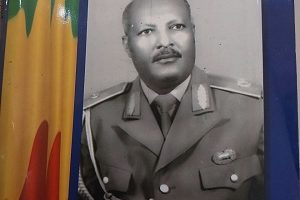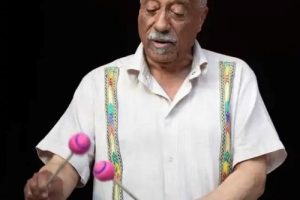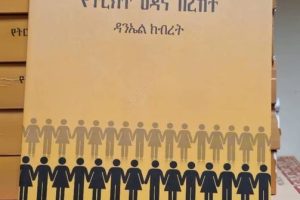
COMPILED BY STAFF REPORTER
In the southern part of Ethiopia, (Southern Nations, Nationalities and Peoples’ State) around the Omo Valley, people that have their own unique cultural values and norms reside. In the area which is also well known for its diverse ecosystems including grasslands, volcanic outcrops, and one of the few remaining ‘pristine’ riverine forests in semi-arid Africa which supports a wide variety of wildlife, these tribes living with acceptance and harmony.
As documents stated, in the area, over 45 languages are spoken and several tribes combine their traditions in an amazing display of color and culture in a manner that reminds one of earliest times.
The Bumi Tribe is one of the tribes residing in the State. The Bumi or the Bume people are as well called the Nyangatom. They stay south of Omo National Park, however from time to time move down to the lower areas in case food or even water is in short supply.
The people tend to indulge in honey and frequently smoke out beehives in the park to get the honey inside the nests. The Bumi are known to be great warriors and quite frequently, active warmongers, they are often at war with the neighboring tribes including the Hamer, the Karo and the Surma.
Small group of Bumi living along the Omo are specialized crocodile hunters using harpoons from a dugout canoe. The elders of both genders wear a lower lip plug, the men’s being made from ivory and women’s made from copper filigree.
The men plus women practice scarification in this tribe. Their women do that to actually beautify themselves whereas the men do so to indicate a kill. The two genders put on numerous multi-colored necklaces and at times wear a plug on their lower lip .
This tribe practices agriculture as well as cattle keeping. Flood waters should reduce along the banks of the river before they plant crops. Bee-hives are smoked-out by these people after whom they stuff themselves with this honey.
The other tribe living in the State is Dasanech (Galeb or Geleb) tribe. The people of Dasanech come from multiple ethnic groups. There are eight clans that make up the Dasanech tribe, each having its own name. They are the Elele, Inkabelo, Inkoria, Koro, Naritch, Oro, Randal and the Ri’ele.
Each clan is defined by its territory with the Inkabelo being the wealthiest. This tribe lives just north of Kenya’s Lake Turkana. Their neighboring tribe is the Turkana people. The Dasanech are pastoralists (cattle herders), but due to the harsh territory, they have moved south to grow crops and fish. Cattle are used by the tribesman for meat, milk and clothing.
A Dasanech man blesses his daughter’s fertility and future marriage by celebrating the Dimi. During the Dimi 10 to 30 cattle are slaughtered. Both men and women wear fur capes while they feast and dance. A Dimi ceremony will most likely take place in the dry season.
Well known cotton weavers, the Dorze tribe were once warriors. They are famous for their cotton woven cloths and beehive huts. The Dorze people live in large communities north of Addis Ababa.
They cultivate their own food and prevent erosion by terracing along the mountainside. In their farmlands, the Dorze will grow highland cereals. They also grow spices, vegetables, fruits and tobacco within their compound.
Women of the Dorze tribe have most of the responsibility in the family. They must take care of any children and all of the house choirs. The women are also responsible for cooking, spinning cotton and collecting firewood. Male tribal members spend most of their time on the farm or building huts. Sometimes you will find them weaving material to use for different things. The Dorze people wear colourful toga robes called shammas. They are very popular throughout Ethiopia.
Source: STUNNING ETHIOPIA TOURS PLC
The Ethiopian Herald February 16/2021





